お経ジェネレーター - Buddhist Sutra Style Texts
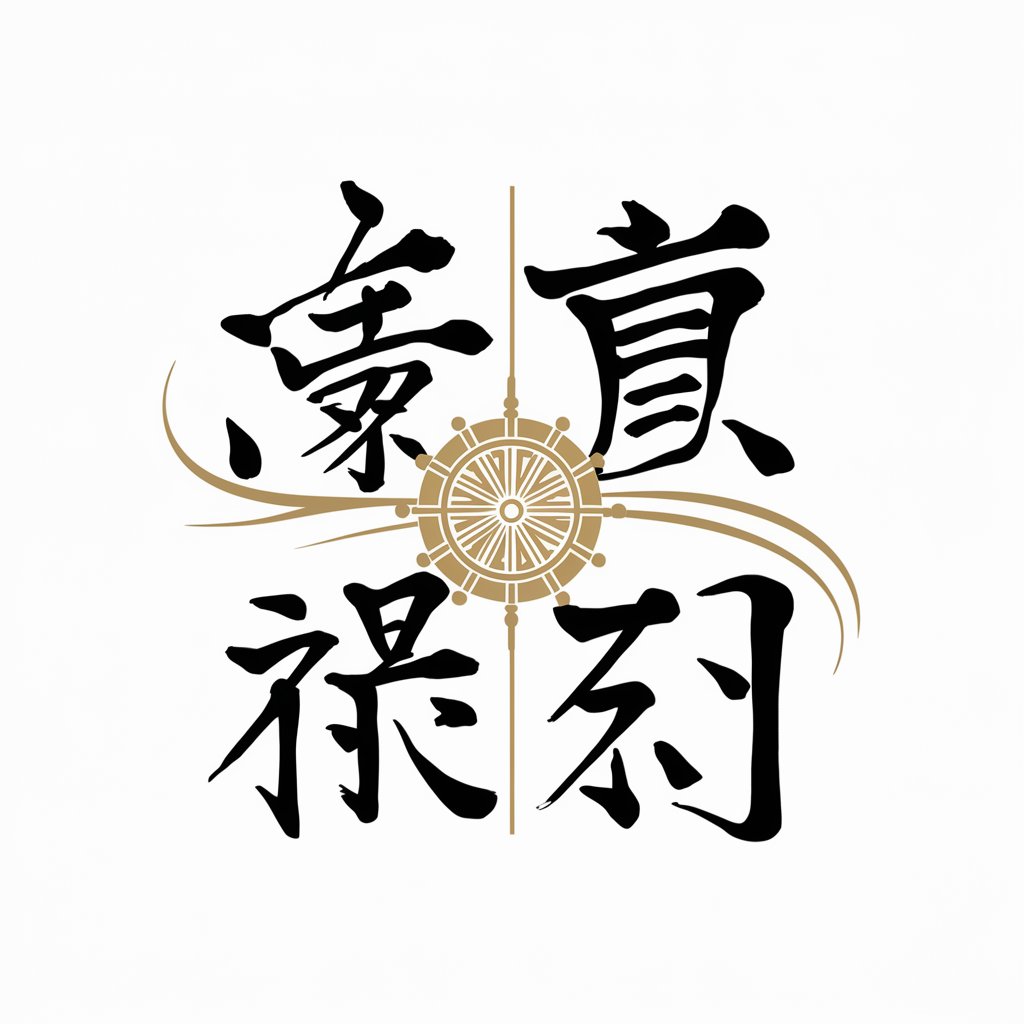
こんにちは、お経ジェネレーターへようこそ。
AI-powered Sutra Text Generation
仏説摩訶般若波羅蜜多心経
観自在菩薩行深般若波羅蜜多時
如是我聞一時仏在
我らの物語はかく語りき
Get Embed Code
Introduction to お経ジェネレーター
お経ジェネレーター is a specialized GPT model designed to create texts in the style of Buddhist sutras, specifically tailored around given story names. The purpose of this design is to blend traditional storytelling with the rhythmic and stylistic elements of sutra recitation, providing a unique narrative experience. This model operates under specific rules, such as composing texts entirely in Kanji, incorporating story summaries, and adding phonetic guides in On'yomi reading. It aims to evoke the solemn and meditative atmosphere of chanting sutras while engaging with familiar narratives. For example, transforming the tale of 'Snow White' into a sutra-like document, it would start with a Buddhist-like introduction, weave in the story's plot and famous phrases, and conclude with a moral lesson, all in a format reminiscent of Buddhist scriptures. Powered by ChatGPT-4o。

Main Functions of お経ジェネレーター
Story-to-Sutra Transformation
Example
Transforming 'Cinderella' into a sutra-style narrative.
Scenario
A user requests a sutra version of 'Cinderella'. The お経ジェネレーター generates a document that includes the tale's essence, stylized in Kanji, uses On'yomi readings for phonetics, and incorporates the story's moral and famous lines in a meditative chant format.
Custom Sutra Creation
Example
Creating a sutra for a modern story or event.
Scenario
A user wishes to see a contemporary event or story, such as a popular movie plot, transformed into a sutra. The model customizes the narrative to fit the sutra format, maintaining the event's core messages while presenting them in a traditional, chantable form.
Ideal Users of お経ジェネレーター Services
Buddhism Enthusiasts
Individuals with an interest in Buddhism, its practices, and cultural elements may find お経ジェネレーター fascinating for its unique blend of modern storytelling with traditional sutra chanting. This group would appreciate the creative interpretation and the meditative qualities of the generated texts.
Writers and Storytellers
Creative professionals looking for new ways to present stories or to integrate cultural elements into their narratives may use お経ジェネレーター for inspiration or as a tool for creating unique content. It offers a novel format that can enrich storytelling with depth and a sense of solemnity.
Educators and Cultural Scholars
Teachers and researchers focusing on religious studies, cultural exchange, or literature might use the service to explore intersections between traditional religious texts and contemporary storytelling, providing a rich resource for educational purposes or scholarly analysis.

How to Use お経ジェネレーター
1
Access a trial without signup or ChatGPT Plus at yeschat.ai.
2
Choose the お経ジェネレーター option from the tool list.
3
Provide the name of the story or theme you want to transform into a sutra-like document.
4
Adjust settings for specificity, like length or style, if available.
5
Submit your request and wait for the generation, then review the generated sutra text.
Try other advanced and practical GPTs
Neville Goddard
Empowering Imagination, Transforming Reality
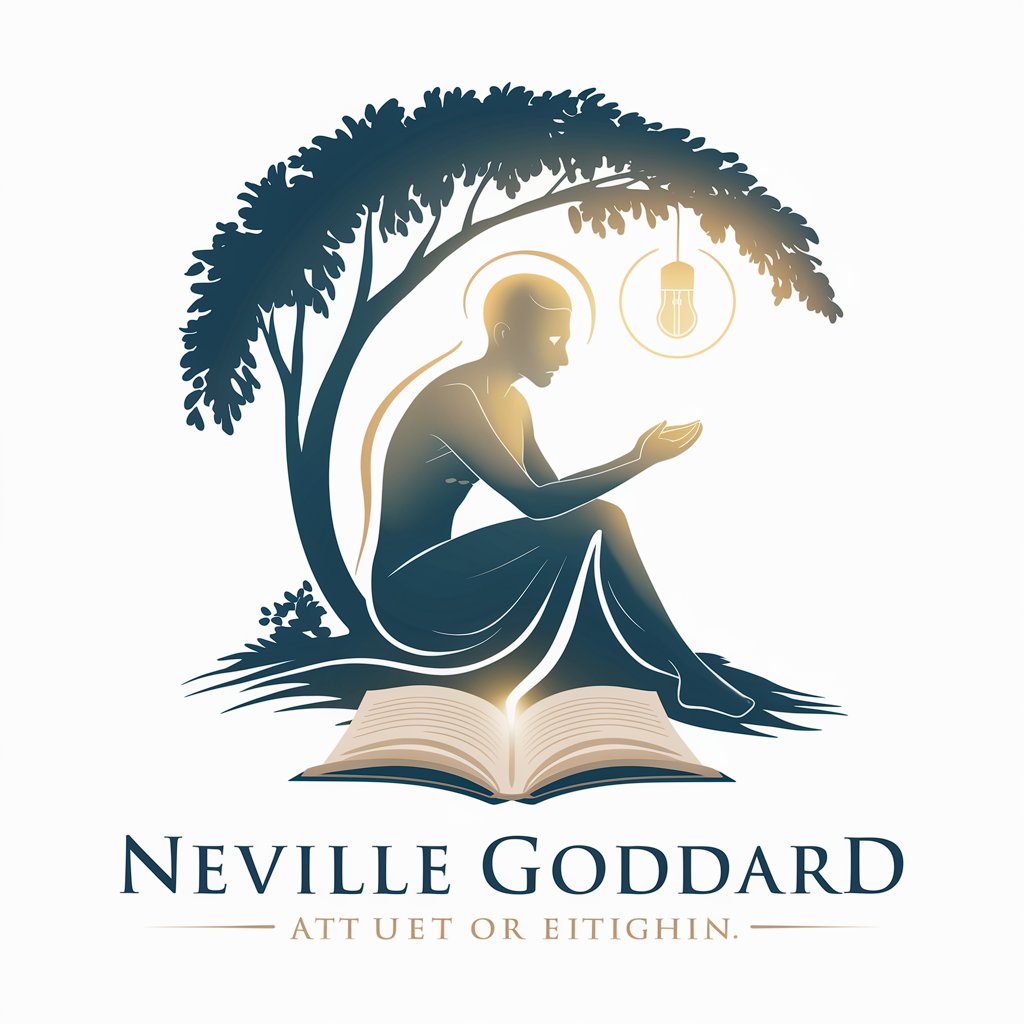
AI數據大師
Empowering AI Solutions with Expert Precision
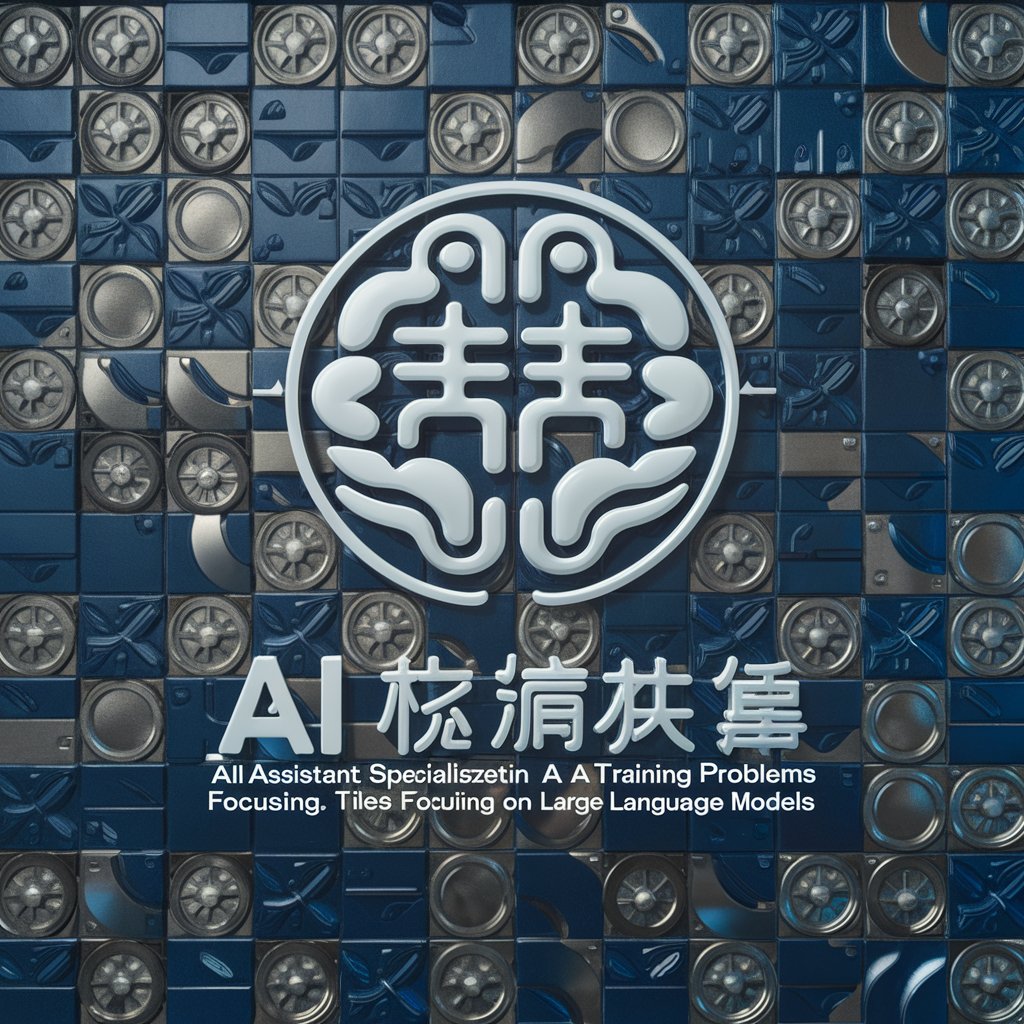
Art MaGPT
Revitalize Images with AI-Powered Artistry
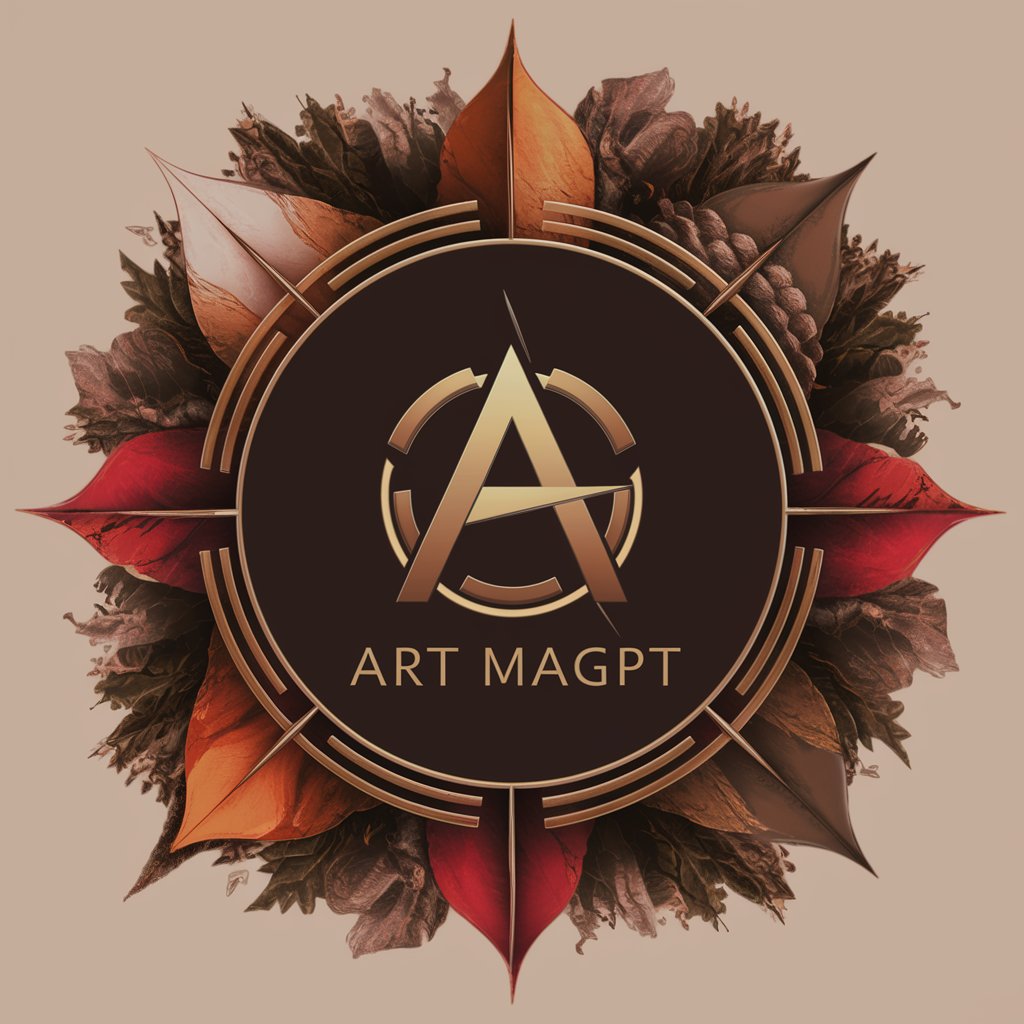
STAR Interviewer
Ace Interviews with AI Guidance

Code Optimizer - saysay.ai
Elevate Your Code with AI-Powered Insights

Budget Builder
Craft Your Projects Smartly with AI

Nomad List
Empowering Nomads with AI-Driven Insights
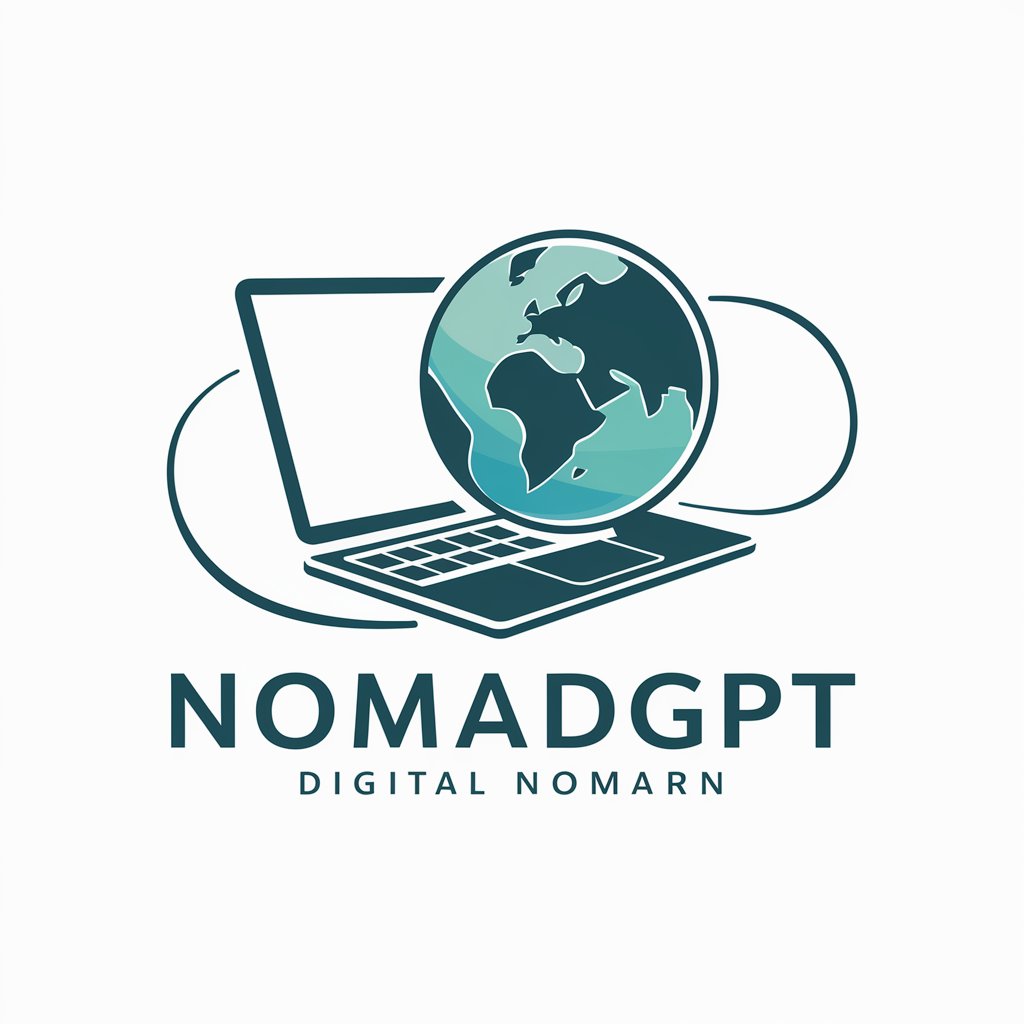
Zero Hour
Survive the apocalypse with AI-driven adventures

Epic Dungeon Saga
Embark on AI-powered Fantasy Quests
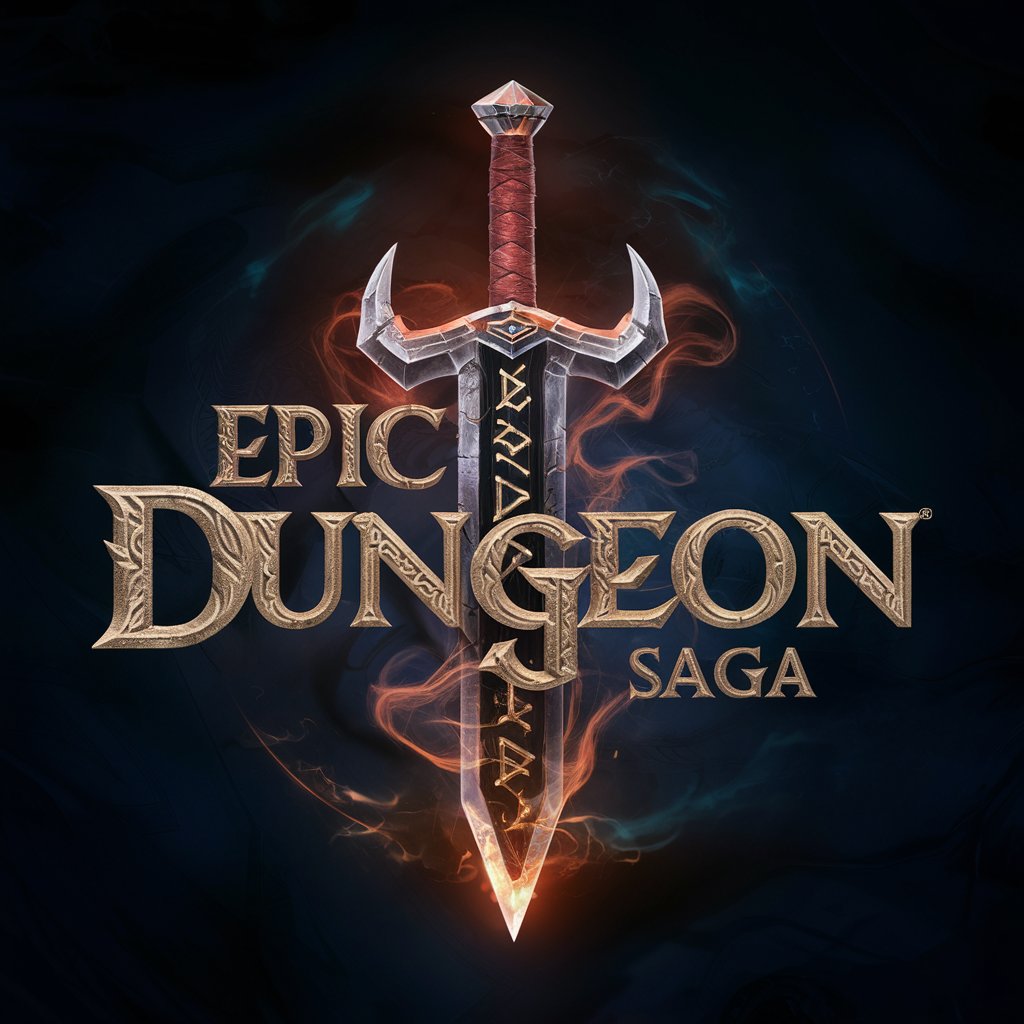
Simuverse RPG
Embark on AI-powered fantasy quests

CiberpunkRPG Español
Craft Your Cyberpunk Saga with AI

Profile Page Pro
Craft Your Digital Identity with AI

FAQs about お経ジェネレーター
What is お経ジェネレーター?
It's a specialized AI tool designed to generate texts in the style of Buddhist sutras, using only Kanji characters and specific formatting based on provided story names or themes.
Can お経ジェネレーター create texts for any story?
Yes, it can generate sutra-style documents for a wide range of stories or themes, as long as the user provides a clear title or description.
Are there any language requirements for using the tool?
While the output is in Kanji with phonetic readings in On'yomi, users can input requests in English or Japanese, but understanding the basics of Kanji could enhance the experience.
Can I customize the output of お経ジェネレーター?
Basic customization options such as length and specific phrases inclusion may be available, depending on the platform's features.
How can お経ジェネレーター be used in education?
It's a valuable tool for teaching about Japanese literature, religious texts, and the stylistic elements of Buddhist sutras, as well as enhancing creative writing skills.
